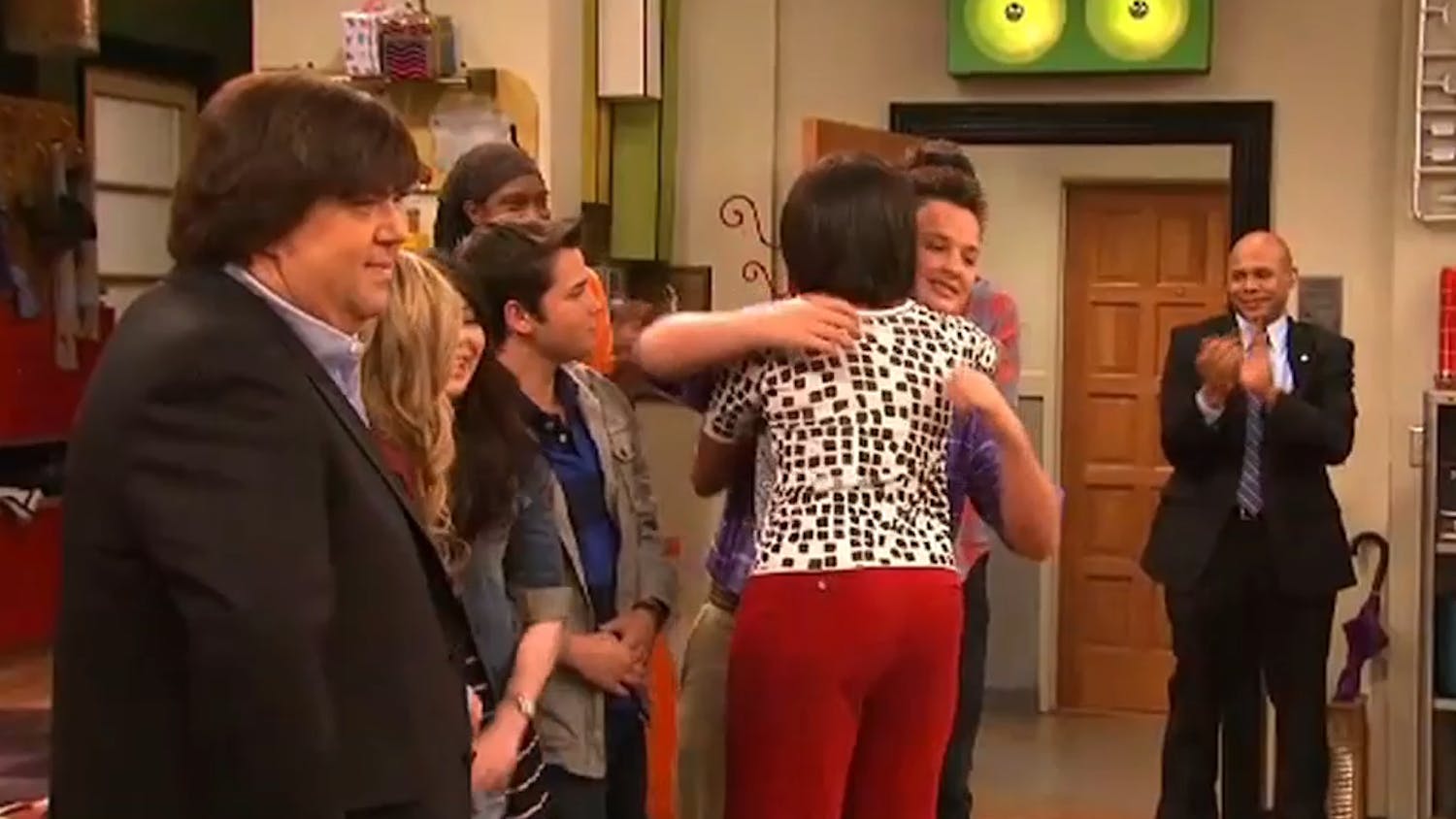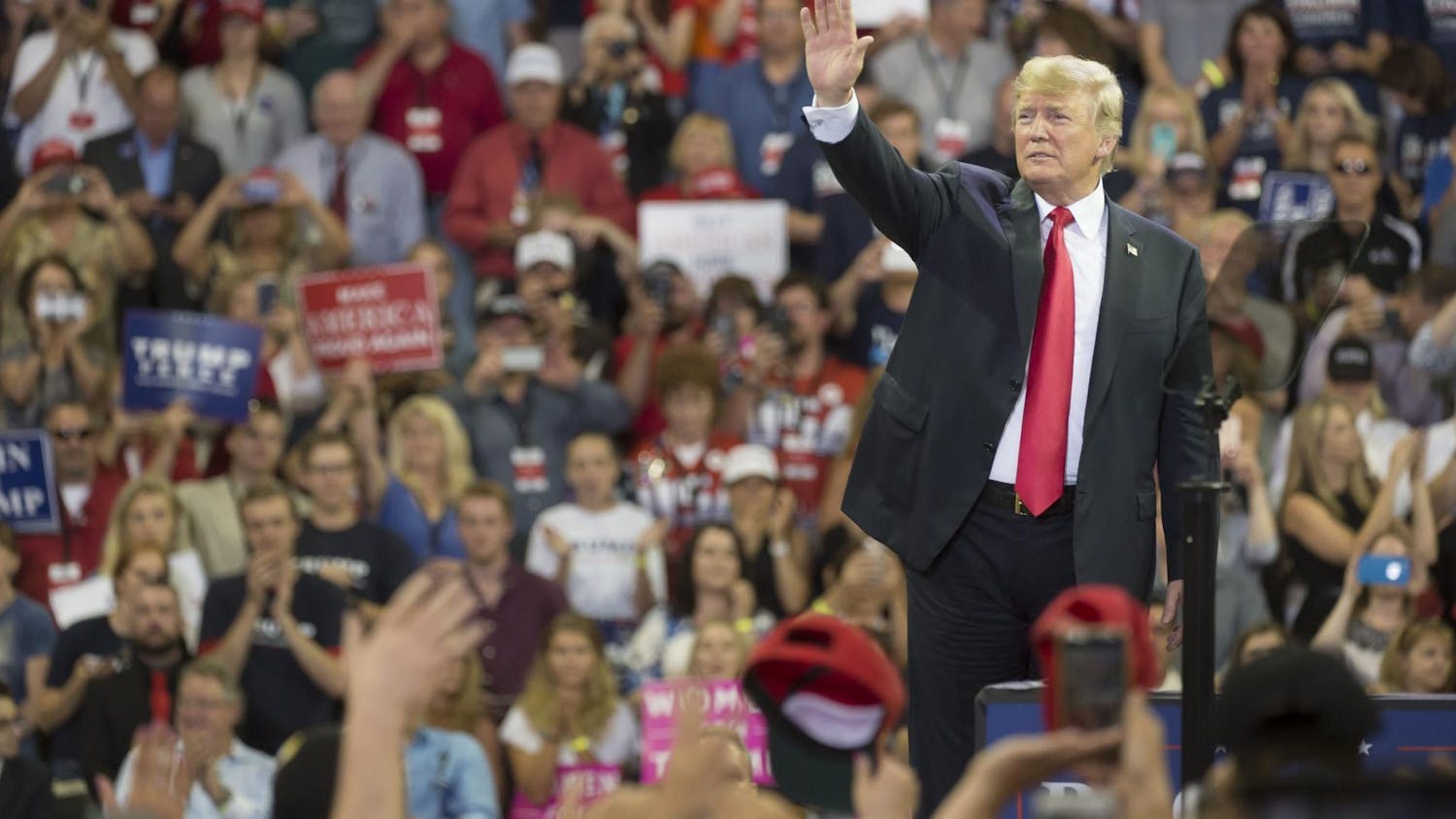One of the old Bostonian memes says that “the MBTA is the nation’s oldest mass transport system … and is still running like one.” Indeed, riding the T is like traveling to the past. Some subway cars date back to the 1960s and are old enough to deserve exhibition spotlights at one of the many museums in this historic city. History aside, however, the endearing allure of antiquity wears off after the umpteenth time a subway breaks down or is late.
The onslaught of snow storms this year has finally called enough attention to the exasperating mismatch between this outdated 20th century transit system and 21st century economic and technical developments. Everyone agrees that it’s high time for the MBTA to go through major renovations. Bostonians are not asking for anything as drastic as teleportation or a system of glass tubes. All that we are asking for is a transportation system that is reliable, or at least somewhat reliable, in the face of emergency -- which is not the largest of requests, especially considering the possibility of a Boston Olympics in the future.
It seems the MBTA is competing with Detroit to have the worst public transport system, as it rumbles across the city from one station of deterioration to another. For decades, it has not been uncommon for commuters to have their rides disrupted every now and then. However, walking from one place to another is probably faster than taking the Green Line. Indeed, last month’s incident involving a smoke-filled MBTA train in Quincy has proved that the T’s current run-down condition as a whole is now not only inconvenient, but also threatening to the daily commuter. Lateness aside, this is simply unacceptable.
The problem is pretty straightforward, and so is the solution. A colossal amount of resources are required to improve the current MBTA situation. Massachusetts receives more than $700 million annually to upgrade old bridges and repair broken-down roads and underground systems. This fund is meant to attend to the needs of not only the Greater Boston Area, but also of other regions in Massachusetts. In addition, the public majority has not really seen the need improve the T, as it voted for cutting funding for transport infrastructure by $2 billion for the next decade. The state has to resort to a “quick-fix” solution, channeling the limited amount of investment to Green Line expansion while being unable to fix the existing dilapidated system. But expanding a broken system that shuts down and is delayed regularly is like trying to build canals in a draining lake -- eventually the infrastructure will fail and those expansions will mean nothing. The real problems must be addressed; this patchwork cannot continue. Stop expanding the Green Line and adding new lines and fix what we already have. You cannot build a house on unstable ground, nor can you expand a transportation system with an infrastructure that barely functions.
Snow accumulation led to the earlier temporary MBTA shutdowns that left many thousands of people unable to get to work, especially the low-income groups who rely heavily on the public transport system. Furthermore, there have been no reimbursements or compensations for those who purchased unlimited monthly passes, although the MBTA said Monday that refunds are under consideration. Besides the physical friction that consistently halts the steel wheels, the fiscal friction makes it impossible for a public transport reformation to happen. Hopefully, the literal economic shutdown of the entire city that resulted from MBTA incompetence will convince our lawmakers to invest in the T.
More from The Tufts Daily
The issue with celebrity worship
By
Gretta Goorno
| April 23
Trump, the Bible salesman
By
Sadie Roraback-Meagher
| April 23





